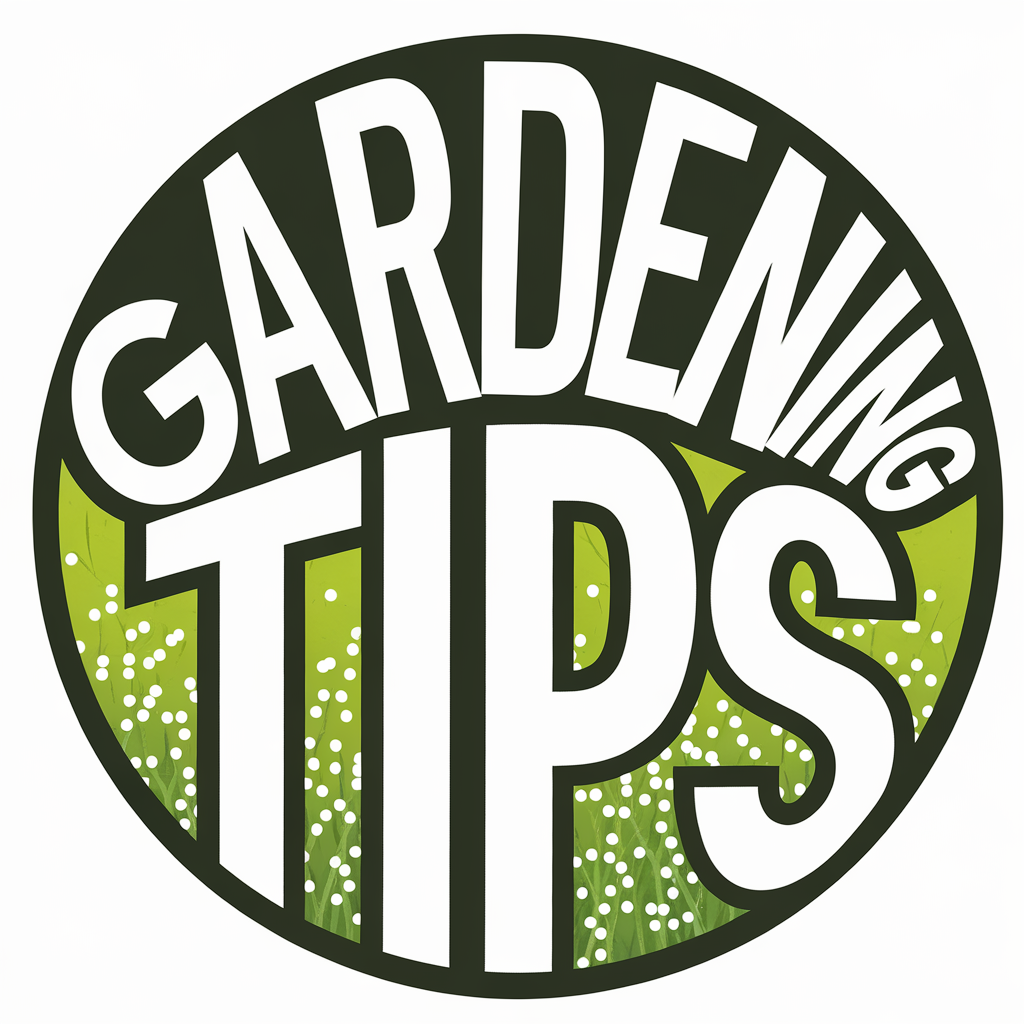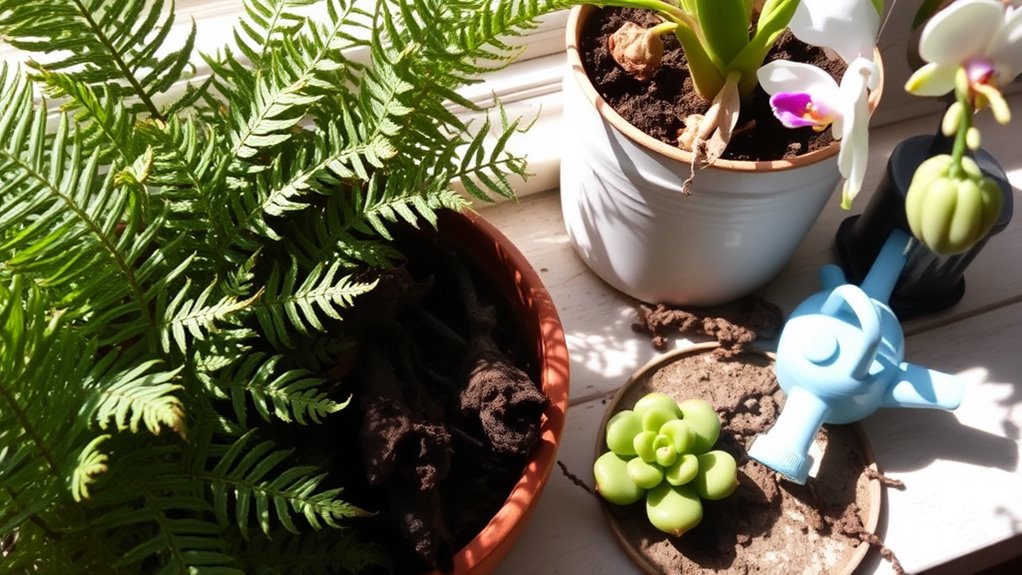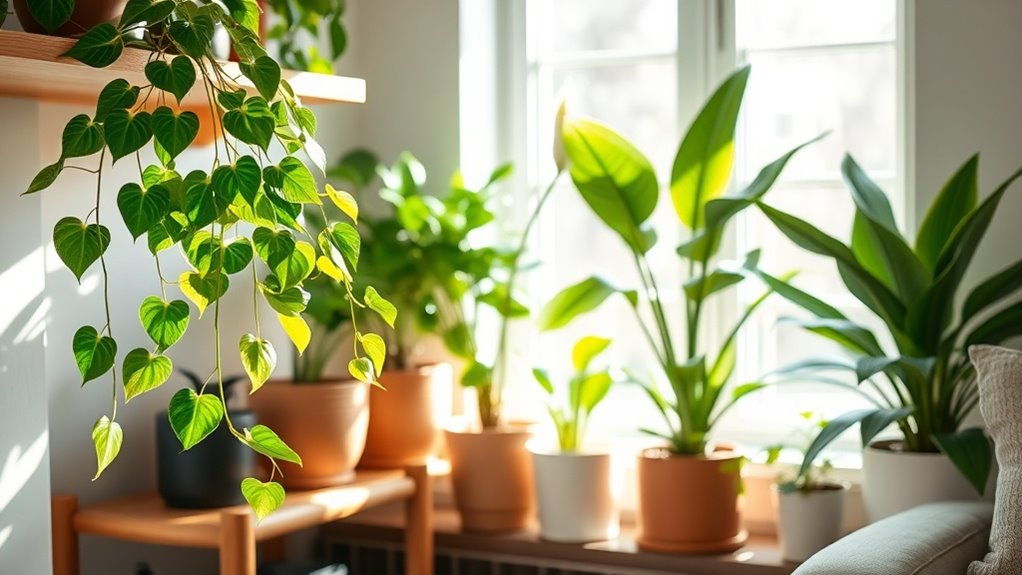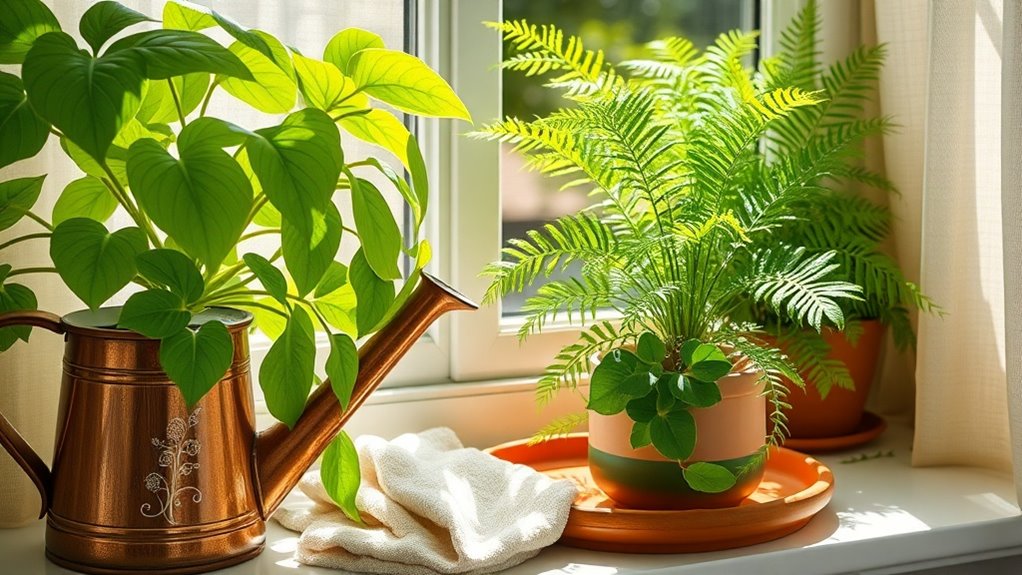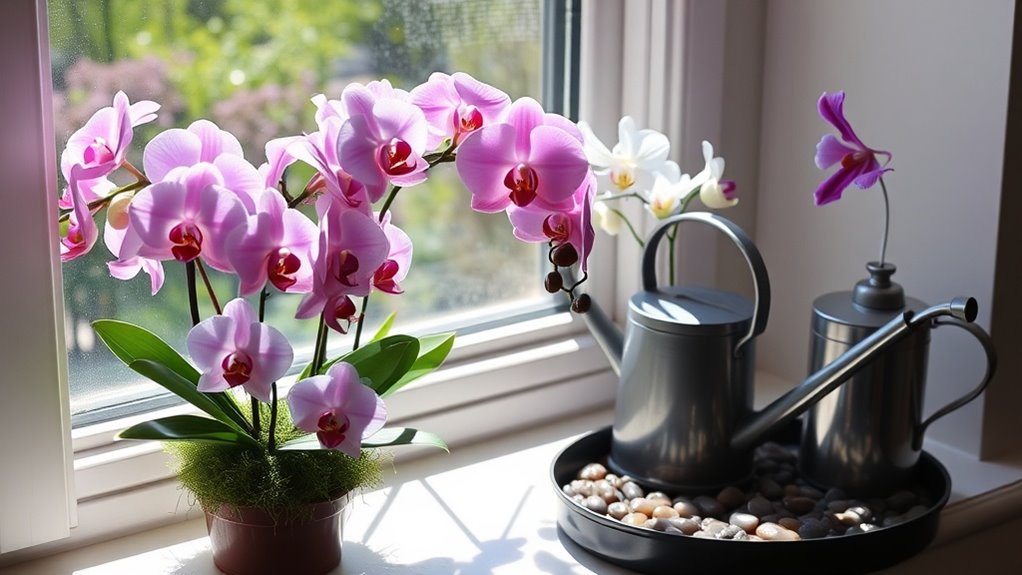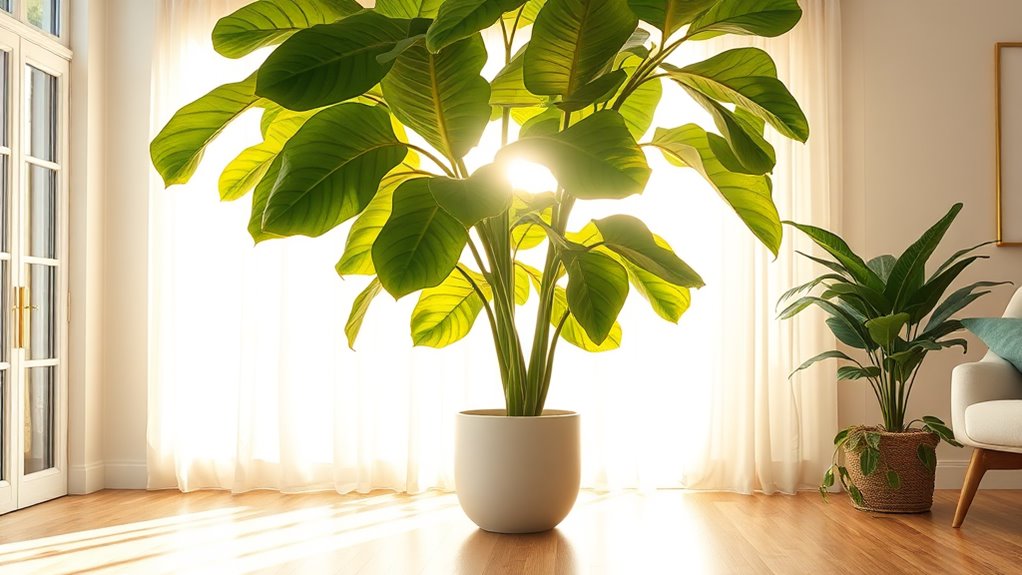Why Your Indoor Plants Are Dying (And How to Save Them)
Your indoor plants might be dying due to insufficient light, improper watering, poor soil quality, pests, or temperature fluctuations. Make sure they’re getting enough bright, indirect sunlight or use grow lights. Check your watering habits—yellowing leaves suggest overwatering, while dry, crispy leaves indicate underwatering. Test your soil’s quality for nutrients and drainage. Regularly inspect for pests and maintain consistent humidity and temperatures. Learn effective strategies to revive your plants and enhance their growth potential.
Insufficient Light Conditions
While you may love having indoor plants, insufficient light conditions can hinder their growth and health.
To achieve effective indoor plant care, assess the light levels in your space.
Most plants thrive in bright, indirect sunlight, while others may tolerate low light.
Position your plants near windows or use artificial grow lights to supplement natural light.
Rotate plants periodically to promote even growth, and monitor them for signs of stress, such as leggy growth or yellowing leaves.
Adjust your placement or lighting strategy as needed to create the ideal environment for your indoor plants to flourish. Additionally, understanding optimal light requirements for specific plant species can greatly enhance their overall health and vitality.
Overwatering or Underwatering
How can you tell if your indoor plants are getting the right amount of water? Overwatering can lead to root rot, while underwatering causes wilting. Check for yellowing leaves or mushy stems to identify overwatering. For underwatering, look for dry, crispy leaves. One effective technique for reviving overwatered plants is to allow the soil to dry out completely before watering again.
| Signs of Overwatering | Signs of Underwatering |
|---|---|
| Yellowing leaves | Wilting leaves |
| Mushy stems | Dry, crispy leaves |
| Root rot | Soil pulling away |
| Mold on soil surface | Leaf drop |
| Stunted growth | Brown leaf tips |
Adjust your watering schedule accordingly!
Poor Soil Quality
Watering isn’t the only factor that affects the health of your indoor plants; poor soil quality can also lead to significant problems.
If your plants are struggling, it might be time to evaluate their soil.
Here are three critical issues that arise from inadequate soil:
- Nutrient Deficiency: Poor soil often lacks essential nutrients, stunting growth and vigor.
- Compacted Soil: Dense soil can restrict root development, preventing plants from absorbing water and nutrients effectively.
- Poor Drainage: Soil that doesn’t drain well can lead to root rot, a common killer of indoor plants.
Improving soil quality can make a world of difference, especially since store-bought soil mixes may not provide the necessary conditions for optimal plant health.
Pests and Diseases
Indoor plants can fall victim to various pests and diseases that threaten their health and vigor. You’ll need to recognize common pests, such as aphids and spider mites, as well as signs of plant diseases like leaf spots or wilting. Regularly implementing effective indoor pest control techniques can help keep your plants healthy and pest-free.
Common Indoor Plant Pests
A variety of pests can threaten the health of your indoor plants, making it essential to recognize and address these issues promptly.
Common pests include:
- Aphids: These tiny insects suck sap from leaves, causing wilting and stunted growth.
- Spider Mites: Often unnoticed, they create fine webs and cause leaf discoloration, weakening your plant’s vigor.
- Mealybugs: These cotton-like pests can quickly infest and damage your plants, leading to a sticky residue and potential mold growth.
Regularly inspect your plants and maintain cleanliness to prevent infestations.
Taking early action can save your plants from serious damage and keep them thriving.
Signs of Plant Diseases
How can you tell if your plant is suffering from a disease?
Look for yellowing leaves, which often indicate nutrient deficiencies or root rot.
Check for wilting despite adequate watering; this could signal fungal infections.
Dark spots or lesions on leaves suggest leaf spot diseases, while powdery mildew appears as a white, dusty film.
If your plant exhibits stunted growth or unusual leaf drop, it may be struggling with a systemic infection.
Finally, a foul odor from the soil can indicate decay.
Regularly inspect your plants and address any signs immediately to prevent further damage and improve their health.
Inadequate Humidity Levels
Ever wondered why your houseplants seem to struggle during the dry winter months?
Inadequate humidity levels can stress your plants, leading to droopy leaves and stunted growth.
Many indoor plants thrive in higher humidity, and dry air can cause irreversible damage. To create a lush indoor garden, it’s essential to understand plant selection and how it relates to humidity needs.
To combat this, consider these practical solutions:
- Misting: Regularly mist your plants to boost humidity.
- Humidity trays: Place a shallow tray filled with water and pebbles under your pots to create a humid microclimate.
- Humidifiers: Invest in a humidifier to maintain ideal humidity levels in your home.
Act now to keep your plants healthy and thriving!
Temperature Fluctuations
Consistently monitoring temperature fluctuations is essential for the health of your indoor plants.
Plants thrive within specific temperature ranges; deviations can stress them.
Aim for a consistent temperature between 65°F and 75°F (18°C to 24°C) for most varieties.
Avoid placing your plants near drafts, heating vents, or air conditioning units, as sudden changes can lead to leaf drop or stunted growth.
Use thermometers to track fluctuations, and consider using thermostats to maintain stable conditions.
If your environment experiences wide temperature swings, investing in a heat mat or grow lights can help regulate warmth and promote healthy growth for your plants. Additionally, selecting low-maintenance indoor plants can significantly reduce the stress of temperature management.
